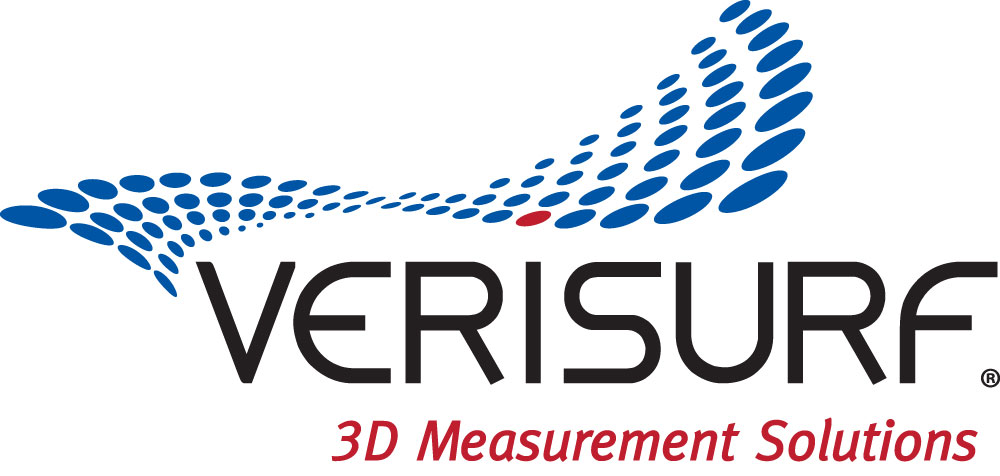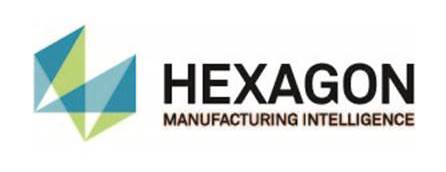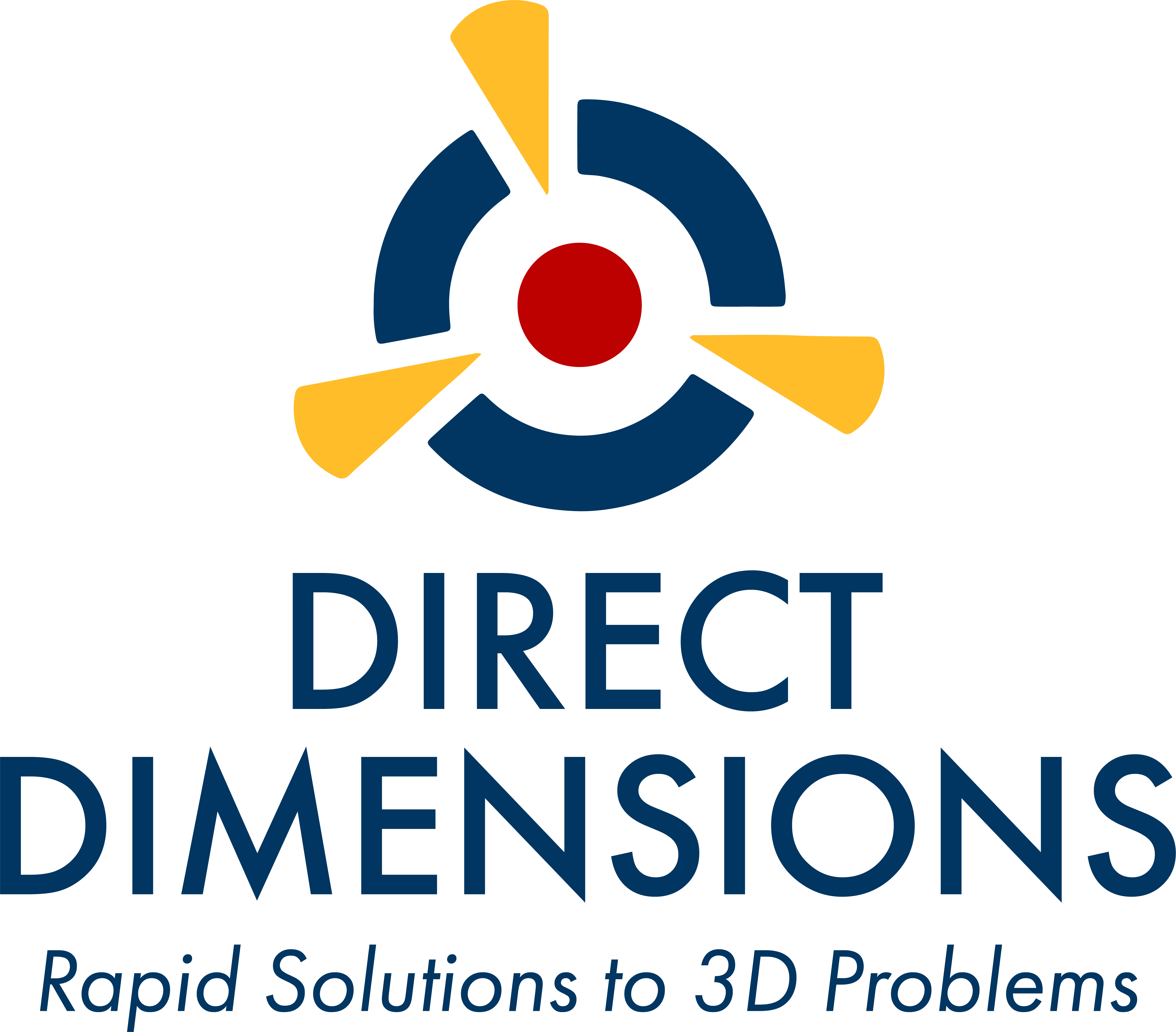|
Download Members: $0.00 Non‑Members: $75.00 |
Buy Now |
Publication Details
| Published Date: | |
|---|---|
| Authors: | David H. Parker |
| Download Format: |
Abstract
Laser trackers are typically evaluated under the ASME B89.4.19 and ISO 10360-10 standards using artifact standards under static conditions. Due to the requirements of the artifact standards, evaluations are typically beyond the capabilities of most laser tracker owners and are thus conducted by instrument manufacturers and standards laboratories. Instruments must be shipped to a lab for periodic evaluation, or following an incident that throws the performance in question. Moreover, the evaluations are under static conditions. There are no evaluation standards for the tracking and servo systems. Simple methods for testing, based on first principles, which are suitable for use in the field are proposed. For example, a plane pendulum is simply constructed by a beam, mass, and knife edge bearings. From first principles, it is known that the motions of a retroreflector attached to such a pendulum exhibit damped simple harmonic motions having a fixed period, τ, and radius of curvature, r1. Given those two constraints, and the high accuracy clock capabilities of a laser tracker, it is possible to fit a series of measurements to a Fourier series of period, τ, and higher harmonics. A secondary retroreflector, which could be used to simultaneously measure by a second instrument, would also have the same period, τ, but in general a different radius, r2. While a smooth fit by relatively few terms does not guarantee good instrument performance—a poor fit is an indication of a possible problem. By strategically orienting the instrument under test with respect to the motion of the pendulum, the sensitivity of the distance meter, or tracking and servo system, can be emphasized or minimized. For example, to minimize sensitivity to the tracking and servo system and maximize sensitivity to the distance meter, orient the instrument in the plane of motion at the height of the retroreflector. To maximize sensitivity to the vertical servo system, orient the retroreflector looking downward and track the image of the retroreflector in a first surface mirror placed under the pendulum, i.e., virtually place the instrument looking up to the retroreflector. To maximize sensitivity to the horizontal servo system, virtually orient the instrument perpendicular to the plane of motion by tracking the image of the retroreflector in a first surface mirror placed perpendicular to the plane of motion. For added confidence, use two instruments simultaneously measuring to the two retroreflectors, in either opposite or orthogonal orientations. For higher frequency distance meter evaluations, such as vibration measurements, a retroreflector attached to a tuning fork could be used. Sources of error, such as the cyclic error, double path measurements due to stray reflections






